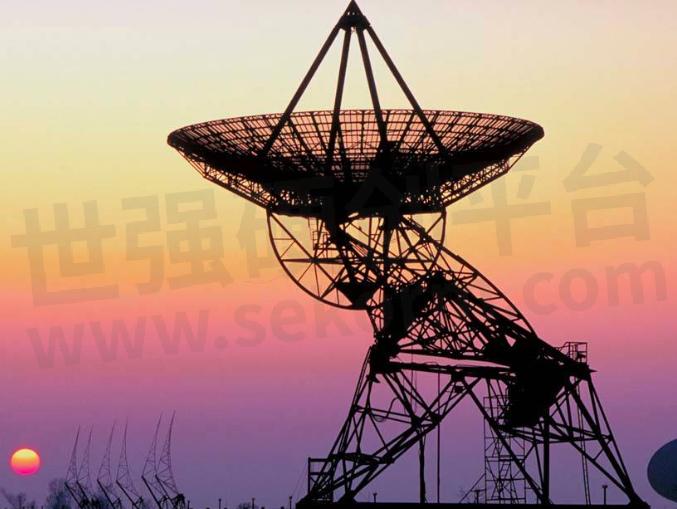Converting 110V AC to 12V DC: A Guide

Many electronic devices that we use in our daily lives require a direct current (DC) Power Supply to function. However, the power supply in our homes provides an alternating current (AC) voltage of 110V. Therefore, to power these devices, we need to convert the AC voltage to DC voltage. In this guide, we will discuss the steps needed to convert 110V AC to 12V DC.
Step 1: Determine the Load Requirements
Before you start the conversion process, you need to determine the load requirements of the device you want to power. This includes the voltage and current rating of the device. For example, if the device requires a 12V DC power supply with a current rating of 1A, you need to ensure that your power supply can deliver this amount of current.
Step 2: Choose the Power Supply
Once you have determined the load requirements of the device, you need to choose the appropriate power supply. There are two types of power supplies: linear and switching.
Linear Power Supply: A linear power supply is a simple and low-cost solution for converting AC to DC. It works by using a transformer to reduce the AC voltage and then uses a rectifier to convert the AC voltage to DC voltage. However, linear power supplies are not very efficient and can produce a lot of heat.
Switching Power Supply: A switching power supply is a more efficient and complex solution for converting AC to DC. It uses a switching regulator to convert the AC voltage to DC voltage. Switching power supplies are more expensive than linear power supplies, but they are more efficient and produce less heat.
Step 3: Convert the AC Voltage to DC Voltage
Once you have chosen the power supply, you need to convert the AC voltage to DC voltage. This can be done by using a rectifier circuit. A rectifier circuit converts the AC voltage to DC voltage by using a diode or a bridge rectifier.
Diode Rectifier: A diode rectifier is the simplest form of rectifier circuit. It uses one or more diodes to convert the AC voltage to DC voltage. However, a diode rectifier can only provide a half-wave rectification, which means that it only uses half of the AC cycle.
Bridge Rectifier: A bridge rectifier is a more complex form of rectifier circuit. It uses four diodes arranged in a bridge configuration to convert the AC voltage to DC voltage. A bridge rectifier provides a full-wave rectification, which means that it uses both halves of the AC cycle.
Step 4: Filtering the DC Voltage
The DC voltage produced by the rectifier circuit is not pure DC voltage. It contains a lot of ripple, which can cause interference and damage to the device. Therefore, you need to filter the DC voltage to remove the ripple. This can be done by using a capacitor or an LC filter.
Capacitor Filter: A capacitor filter is the simplest form of filter circuit. It uses a capacitor to smooth out the DC voltage by storing charge during the peaks of the DC voltage and releasing it during the troughs of the DC voltage.
LC Filter: An LC filter is a more complex form of filter circuit. It uses an inductor and a capacitor to filter out the ripple from the DC voltage. An LC filter provides a smoother and more stable DC voltage, but it is more expensive and complex than a capacitor filter.

Fig.1
Step 5: Regulation and Protection
Once you have filtered the DC voltage, you need to regulate it to ensure that it stays at a constant voltage level. This can be done by using a voltage regulator circuit. A voltage regulator circuit regulates the DC voltage by adjusting the output voltage based on the input voltage and the load requirements of the device.
You also need to protect the device from overvoltage, undervoltage, and overcurrent. This can be done by using a protection circuit. A protection circuit monitors the DC voltage and current and protects the device from any potential damage.
Conclusion
Converting 110V AC to 12V DC requires a few simple steps. First, you need to determine the load requirements of the device. Then, you need to choose the appropriate power supply, rectifier circuit, filter circuit, voltage regulator circuit, and protection circuit. By following these steps, you can convert the AC voltage to DC voltage and power your devices with ease.
- +1 Like
- Add to Favorites
Recommend
- Modular 750w Power Supply Provides Surging Power for High-end Hardware
- Efficient and Modular 1000W Power Supply for Seamless Performance
- Efficient and Reliable: Modular 750W Power Supply for Your Power Needs
- Introducing the Versatile Modular 750W Power Supply: The Perfect Solution for Your Power Needs
- Fully Modular 650W Power Supply: The Ultimate Solution for Your Power Needs
- Top-Notch Modular 1000W Power Supply: Optimal Power Efficiency and Flexibility
- Fully Modular 650W Power Supply: The Perfect Solution for Efficient and Customizable Power Management
- Considerations When Selecting a Power Supply for Test Equipment
This document is provided by Sekorm Platform for VIP exclusive service. The copyright is owned by Sekorm. Without authorization, any medias, websites or individual are not allowed to reprint. When authorizing the reprint, the link of www.sekorm.com must be indicated.











































































































































































































































































































































































































































































































































































































































































































































































































































